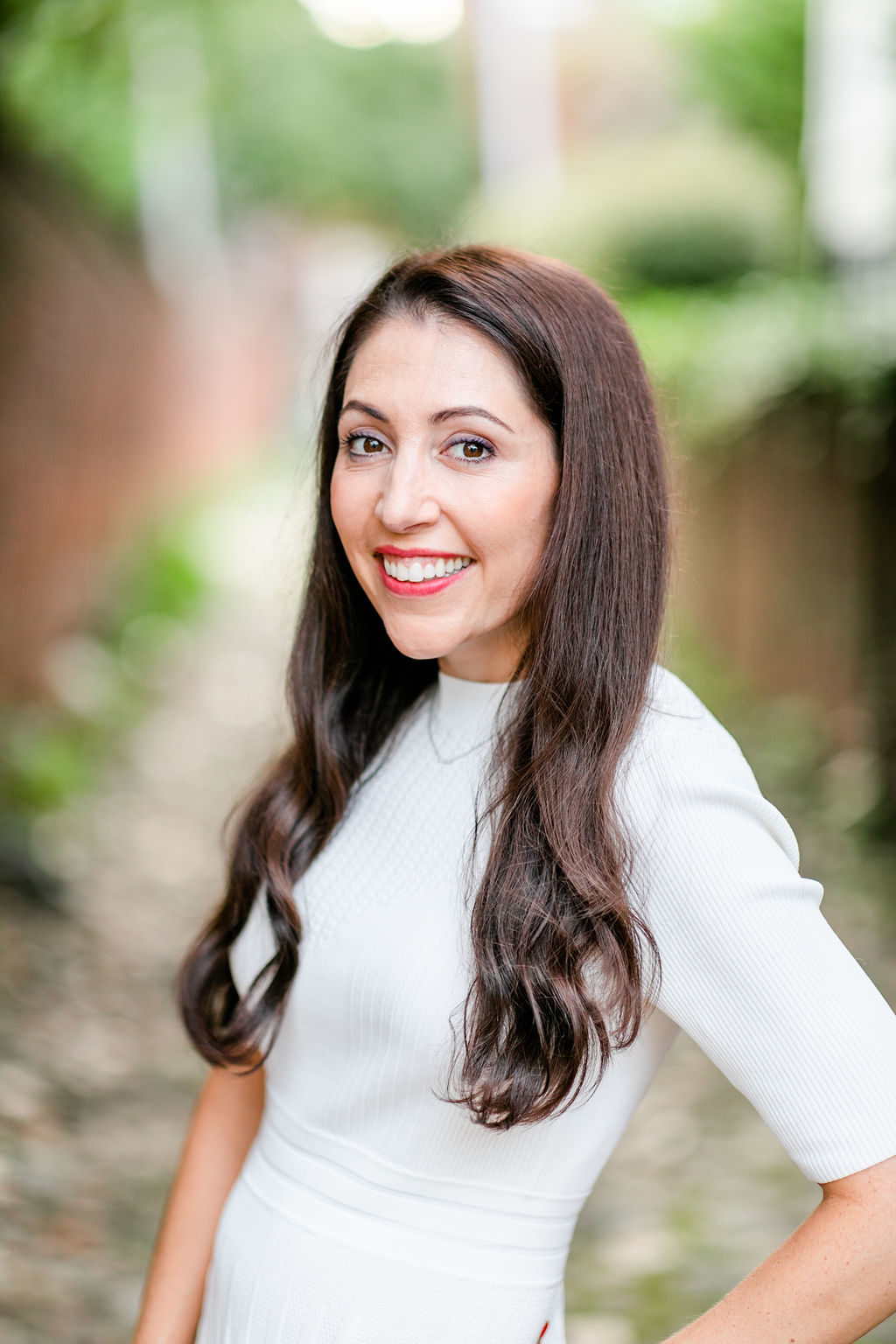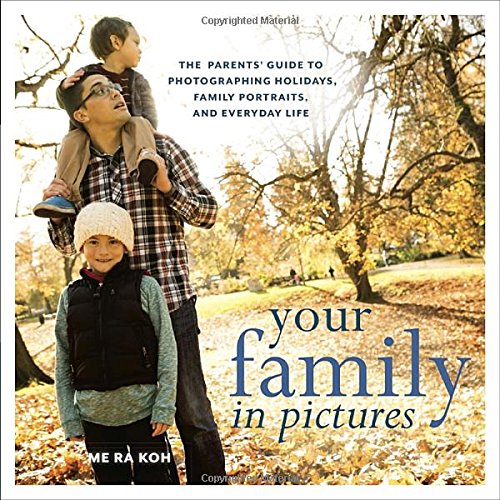(Photography) book review: Your Family in Pictures, by Me Ra Koh
Me Ra Koh’s Your Family in Pictures came to me a bit prematurely, as it’s designed to teach you to take beautiful photos of your kids, and I won’t have an (external to my body) kid until early February (or thereabouts). But I figured it couldn’t hurt to read and absorb some of Koh’s advice before busting out my camera when Baby Green gets here.
In the preface to her book, Koh explains that her “passion has always been to empower women — especially moms” by teaching them how to confidently photograph their children. Her book’s goal, she says, is to empower you, the reader, to “capture your family’s story, regardless of how technically versed or unversed you may be.” Well, consider me unversed. Despite taking not one but two photography classes in high school, in which I bought a clunky used camera and learned to develop actual film in an actual dark room — I nonetheless feel intimidated by the idea of Photography as an art (or worse, a science) that must be learned and mastered. Whenever I see people wrangling big, fancy cameras with lots of functions and buttons and lenses, I feel exhausted by the very idea of what they must have gone through to learn how to use such machines. This attitude hasn’t stopped me from taking tons of photos over the years, of course; it’s just that I’ve never taken the time (at least since high school) to learn anything about photographic technique because it’s just seemed like such a hassle. So, I approached Koh’s book with a bit of trepidation but also some hope that perhaps it could teach me to get over myself and learn some photographic technique, already.
The book is organized into seven sections: first, Setting Yourself Up For Success, followed by Developing A Photographer’s Eye, and then five themed chapters: Everyday Life, Holidays, Family Portraits, Tweens & Teens, and Family Vacations & Travel. I read the Setting Yourself Up For Success chapter first, figuring it would contain the most basic, practical advice. I was right. Koh gets right into things by explaining what types of light work best for photographing kids, with practical ideas like shooting against white kitchen counters or using sheer curtains as a backdrop. She then lists more tips that seem doable and non-intimidating, including several on how to get your family in the mood to be photographed. She also lists her top ten times to take candid family photos (including eating ice cream and quiet play). After reading this chapter, I already began to feel like I had some ideas about how to get a good, well-lit shot of my future kid eating ice cream.
I was most interested in Koh’s tips on developing one’s photographic eye. I think I have a decent eye for composition but I could always use more help, so I was pleased to find that she lists lots of practical tips and tricks for discovering shape, color, line, and texture. These tips include looking for a single “pop” of color to “heighten drama” in a shot, and taking note of man-made and naturally occurring leading lines to help frame photos. She also mentions The Rule of Thirds, which means framing the subject in the far left or right third of the photograph “to add more emotion, drama, anticipation.” Makes sense.
The rest of the book consists of Koh’s “recipes” for various shots, including a sunset silhouette of the family, Saturday morning playtime, and a self-portrait of mom. I really love how these recipes walk the reader step-by-step through setting up the shot and choosing the appropriate camera setting (Koh gives settings both for point-and-shoot and DSLR cameras). The steps break down the shots into manageable chunks and make them seem easily achievable. When I finally have a child to photograph, I can imagine myself flipping through this book, choosing a “recipe,” and taking great photos.
I recommend Koh’s book to any parent who feel intimidated by the idea of learning all of the settings on her camera but still wants to take professional looking shots of her kids. The book is more geared toward people with kids who are mobile (so, not newborns) but a lot of Koh’s advice seems applicable to baby photography, as well. I’ll let you know how it turns out in a few months!
I received this book from Blogging for Books in exchange for this review.


Leave a Reply